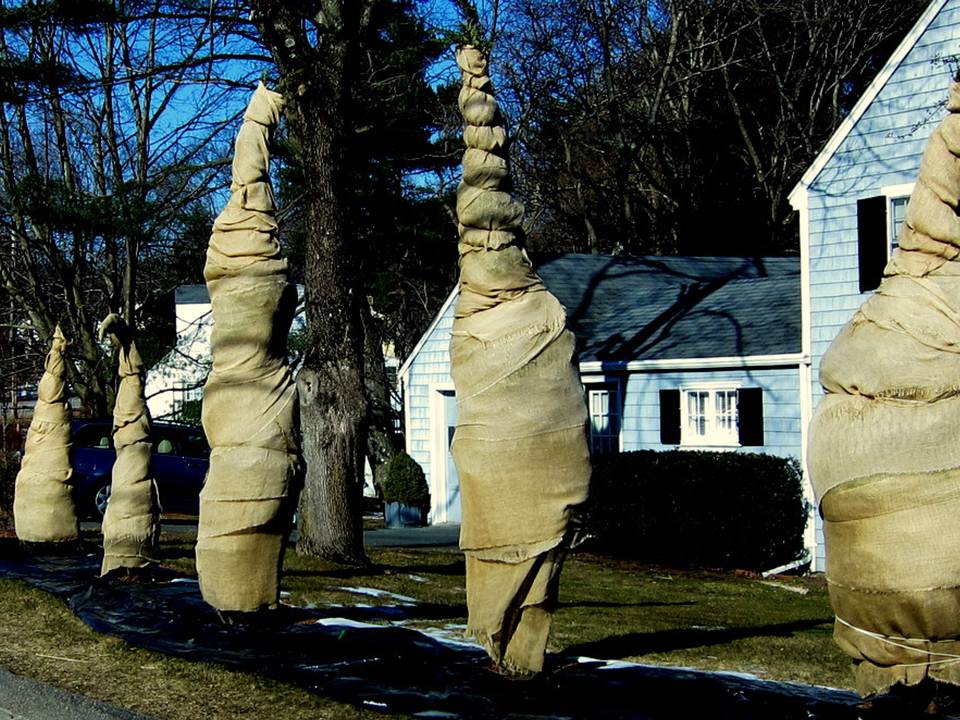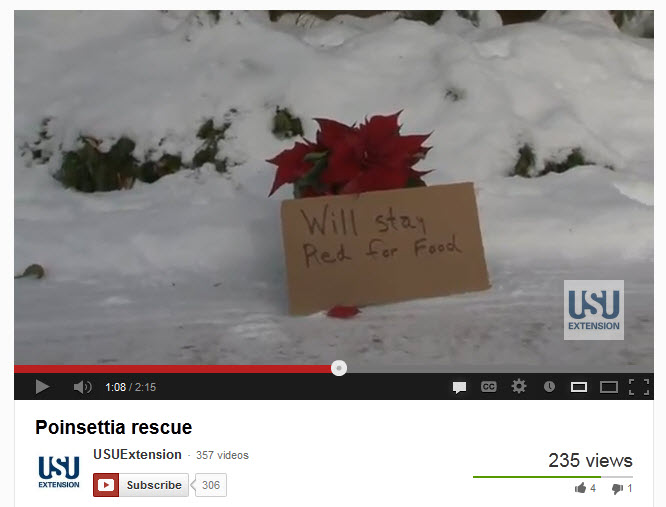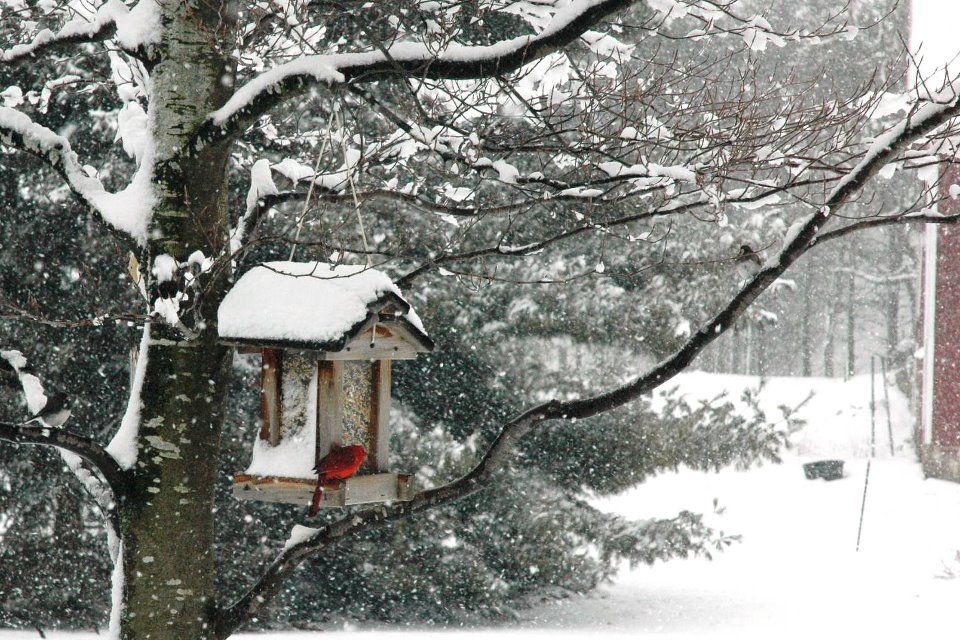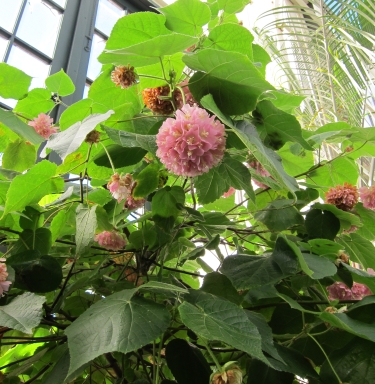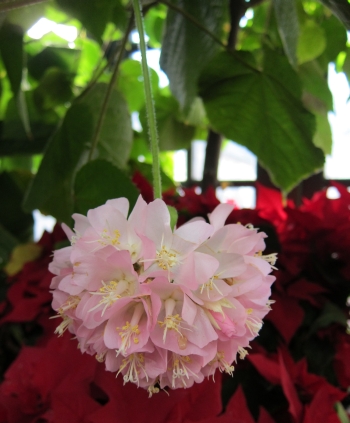Proven Winners is putting QR codes on plant tags. So is Walters Gardens, a major wholesaler of perennial liners. Growers often purchase tags from the propagator to go along with the liners. In the case of patented plants, that’s a common method of collecting royalties – the finishing grower has to purchase the tag.
Quick response (QR) codes are everywhere. For those that are vague on the concept, it’s a two-dimensional barcode. Install a code-reader app on your smartphone, snap a photo of the code, and your web browser takes you to a specific site for more information. The marketing experts associated with our industry say they’re a “must” if we want to connect with the ” iEverything” customer. Even botanical gardens are slapping them on plant identification labels, interpretive signage, and more (that’s on my to-do list).
My question: are YOU, dear readers, taking advantage of this technology (as it applies to purchasing plants)? Or is it enough to pull the tag out of the pot and note that this petunia, though oddly-named, needs full sun and gets 8″ to 12″ tall?

Image snagged from Kristy O’Hara’s article “Doing More With the QR Code” in Greenhouse Grower magazine
I realize we have a wide variety of interests and occupations represented – which makes things even more interesting. So whether you’re a grower, a horticulture professional, or a semi-dangerous gardener, please leave a comment as to whether you’ve ever used one. If so, did you find it useful? Any other thoughts?
Almost forgot…Why am I pestering you for this information? I teach the senior level Ornamental Plants Production and Marketing course here at Virginia Tech. If I think it’ll give our future growers and garden center managers/owners an economic edge, I’ll certainly recommend it.


